
Guide To The Effects Of LSD On The Mind And Body
LSD or “acid” is one of the most popular and powerful psychedelic substances, effective in tiny doses measured in millionths of a gram. What really goes on in your brain when you take a blotter?
Lysergic acid diethylamide (LSD), colloquially referred to as “acid”, is the most well-known and extensively researched psychedelic. It is effective in extremely small doses as low as 20 micrograms, where it can catalyse altered states of consciousness and a variety of psychedelic effects. A full-fledged LSD “trip” can include visual and auditory hallucinations and lead to states of bliss, profound new insights, and spiritual enlightenment—but it can also cause adverse effects like anxiety.
Let’s take a look at LSD's history, medical uses and effects on the mind and body.
A BRIEF HISTORY OF LSD
LSD was discovered by accident in 1938 by Swiss chemist Albert Hofmann, who synthesised LSD at the Sandoz Laboratories in Basel when seeking to create a circulatory stimulant. While re-synthesising the substance 5 years later, he accidentally absorbed a tiny amount through his fingertips—the uncanny effects that ensued were described as a dreamlike, highly imaginative state.
Following the discovery of LSD, scientists from all over the world—including medical professionals—started to research the remarkable new substance. Numerous experiments followed as science sought to understand how LSD affects our consciousness.
This interest wasn’t just confined to scientific circles. Psychiatrists started taking the drug recreationally and shared it with friends. In the early 1960s, LSD experiments by Dr Timothy Leary at Harvard University promoted the new substance to the general populace. In time, the mainstream started to demonise the drug and its supporters, which culminated in President Nixon calling Leary “the most dangerous man in America”.
This didn’t stop LSD from becoming the most popular drug in the emerging counterculture, which was fuelled by anti-establishment views brought on by the Vietnam War. LSD advocates praised it as the new wonder substance that could free people from societal constraints, help them grow spiritually, and teach them the true meaning of existence.
Today, along with other psychedelics such as magic mushrooms, LSD is still popular among psychonauts. However, it is currently a Schedule I drug, the most heavily criminalised category of substances, which are considered to have a “high potential for abuse” and “no accepted medical use”. Recently, however, evidence is mounting that psychedelics such as LSD do indeed have therapeutic benefits.
HOW DOES LSD WORK?
Although LSD’s mechanism of action has not been fully elucidated, it is known to bind to serotonin (5-HT) receptors in the brain. Serotonin is a naturally occurring neurotransmitter with a vast array of implications related to mood, appetite, sexual behaviour and more. Serotonin receptors have also been found in parts of the brain involved in learning. A lack of serotonin, or issues with the serotonergic system, is often found in people with chronic depression.
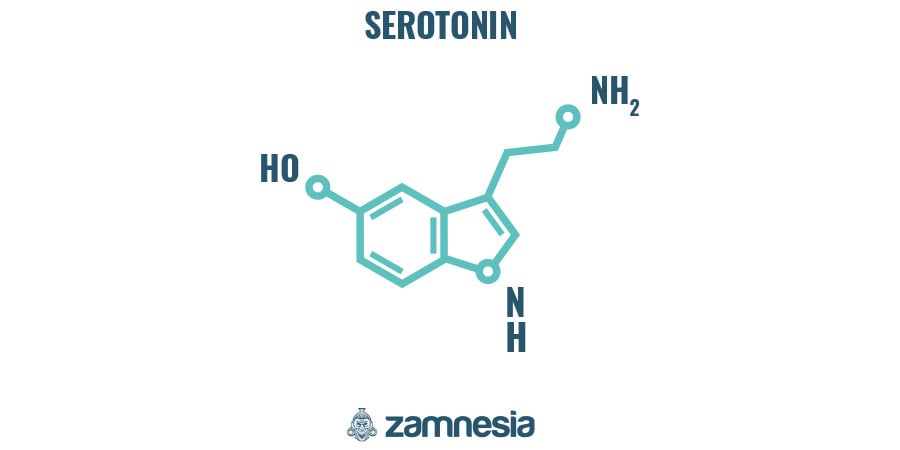
Back to the effects of LSD, most noteworthy about serotonin is that it affects how the brain processes information, potentially by altering electrical signalling. This partially explains how consuming LSD can bring on visual and auditory hallucinations, and how it may influence and even enhance senses such as taste and touch.
When someone takes LSD, the substance is quickly absorbed via the digestive system, where it enters the liver and is metabolised. From there, it enters the bloodstream and ultimately reaches serotonin receptors in the brain. It can take several hours to reach the peak of an LSD trip, with the psychedelic effects lasting up to 12 hours depending on the dose. Following consumption, the body will naturally flush out any remaining LSD within a few days.
THE EFFECTS OF LSD

LSD can exert a variety of effects on the mind and body, which can be broken into several groups: physical effects, visual and auditory effects, cognitive, multi-sensory, transpersonal, and combination effects. Know, however, that the information below is based on anecdotal reports. Rarely do all of these effects occur at once. The experience will differ from person to person and from trip to trip, and will vary in intensity depending on the dose taken.
PHYSICAL EFFECTS
Among the physical effects of LSD is a stimulating effect defined by changes in body temperature, blood pressure, and heart rate. An LSD user’s pupils may dilate and they may feel a sensation of warmth come over them. Sometimes, users may perceive an enhancement in vision, touch, or smell. LSD can also affect the appetite and cause dehydration, sweating, and nausea.
VISUAL AND AUDITORY EFFECTS
The visual and auditory effects that one may experience on LSD can also be put in groups: enhancements, distortions, geometry, and hallucinations.
Enhancements occur when LSD improves our senses. Examples include seeing brighter and more intense colours, clearer or bigger images (“magnification”), and hearing better.
Distortions include visual distortions like tracers, afterimages, shifting colours and shapes, textures, and patterns.
LSD users often see geometric shapes and kaleidoscopic patterns. These can vary in complexity and structure, can be bright or colourful, natural or synthetic, and static or moving.
Another component of an LSD trip are hallucinations, which can be internal or external. The user may perceive entities or landscapes, or they may see the world through a different visual perspective. Internal hallucinations are those that happen in an imagined environment that doesn’t exist in the real world, normally experienced when the user closes their eyes during a trip. External hallucinations are hallucinations that happen in the environment as if they were real. Along with visual hallucinations, there can also be auditory hallucinations, like hearing your name when no one said it.
COGNITIVE EFFECTS
These effects alter the way we think and process reality. An increased ability to focus on tasks, better analytic abilities, acceleration of thought, boosts in creativity and memory, enhanced emotions and empathy, déjà vu, increased libido, as well as negative effects such as anxiety and paranoia, can all be experienced.
MULTI-SENSORY EFFECTS
LSD can at times bring on synaesthesia, which is the joining or merging of senses that aren’t normally connected. The user may “hear” colours or “see” sounds under the influence of LSD.
TRANSPERSONAL EFFECTS
Those who have taken LSD often report that the drug helps them with existential self-realisation and gives them a sense of unity, spiritual growth, and interconnectedness. At times, LSD can have such a profound effect on people that they change their previous views and beliefs as the drug reveals them to be flawed. The knowledge and insights gained from an LSD experience can shape people’s lives years after a trip.
LONG-TERM EFFECTS OF LSD

LSD has long had a reputation as a counterculture drug, a tool for people to break free from the confines of society and to explore new frontiers about themselves and reality. From early on, the drug also drew the attention of new-age psychotherapists who saw it as an excellent therapy tool not only for the individual problems of people, but society as a whole. Today, new evidence suggests that psychedelics such as LSD may indeed improve our psychological well-being.
In a 2016 study conducted by the Imperial College of London, 20 healthy participants received 75µg of LSD, which is considered a low to moderate dose. The participants then underwent a number of personality and optimism tests. The test results, published in the Cambridge University Journals, found increased optimism and openness without any changes in delusional thinking.
LSD MAY IMPROVE LANGUAGE ABILITIES
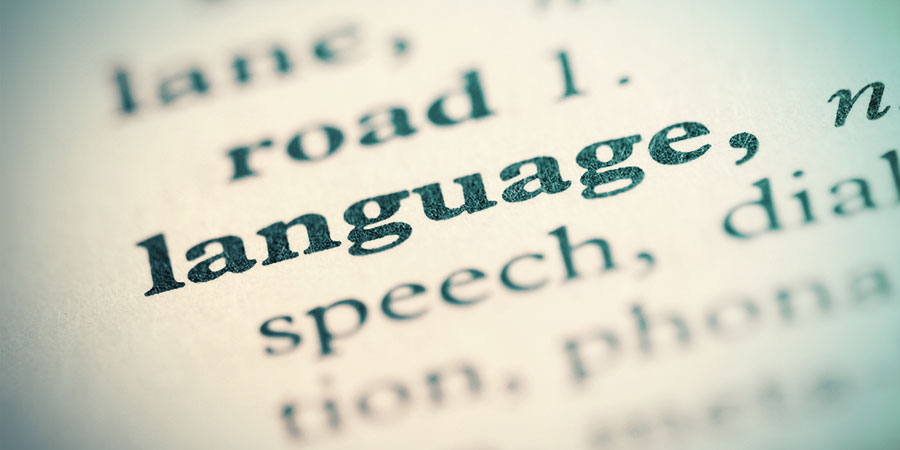
Another study conducted in the same year, named “Semantic activation in LSD: Evidence from picture naming”[2] investigated the link between LSD and language. Ten participants, along with a placebo group, were given a moderate dose of LSD and asked to name a set of pictures. During the experiment, the drug didn’t slow down reaction time, but had significant effects on accuracy and error correction that “were consistent with an increased spread of semantic activation”, suggesting what the researchers call an “entropic” effect of LSD on the mind.
It seems that LSD activates the brain's semantic networks, where it affects how ideas and words are stored in relation to each other. An example of this is when a person perceives an image and more words come up from the same family of meanings. These findings are important to both our neurobiological understanding of semantic network activation and to the possible use of LSD in the field of psychedelic psychotherapy. In the case of psychotherapy, the effect LSD has on language could help the mind access far away concepts via a cascade of associations. Or, it may help us to better understand the automatic processes that are part of expressing thoughts through words.
LSD AND FLASHBACKS
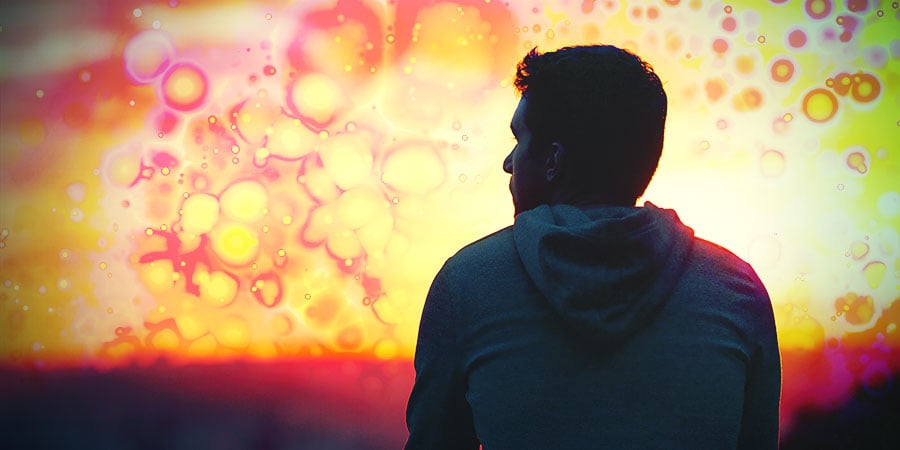
Some LSD users, particularly those who took it in their youth, report experiencing so-called “acid flashbacks”, where they suddenly and out of the blue find themselves tripping even years after they haven’t touched LSD at all.
However, whether taking LSD can really cause these flashbacks, at least in the way some describe them, is debatable. If this indeed happens, it is a phenomenon called Hallucinogen Persisting Perception Disorder (HPPD), which is extremely rare.
Some researchers believe these perceived “LSD flashbacks" may be brought on by anxiety, and users simply blame their past drug use for it. It is now commonly believed that LSD flashbacks are an urban legend.
Moreover, in a 2002 study, psychiatrist John Halpern concluded that previous studies hadn't properly established whether the reported HPPD symptoms could be linked to factors like other drug use or neurological and psychological disorders.
MEDICAL USE OF LSD
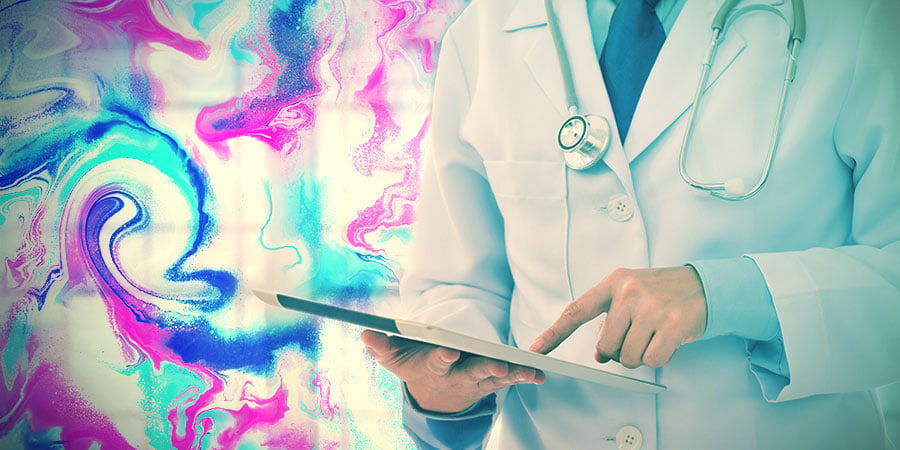
In recent years, psychedelics have been increasingly used in experimental medical settings as treatments for a variety of conditions. There are many reasons for this trend, including the acceptance of other previously demonised substances such as cannabis and psilocybin. Academia and mainstream medicine are now displaying a much more open mind, which has led to bias-free trials for psychedelics like LSD.
In 2008, the FDA revived its studies on LSD for terminally ill patients, and another study from 2012 examined LSD’s ability to help alcoholics with addiction and withdrawal, prompting additional trials on the drug.
LSD MAY WORK TO FIGHT DEPRESSION
A study in the Journal of Psychopharmacology suggests that LSD may possibly work to fight depression. A team from the University of Dundee recruited volunteers, with one group receiving LSD and the other a placebo. Researchers looked at linguistic constructs known as “theta roles”, which indicate mental time travel to both past and future. The volunteers in the LSD group were found to refer to past events less often than those in the placebo group. This is noteworthy as “mental time travel”—excessive reflection on one's past—and worrying about the future is a major factor in those suffering from depression.
MICRODOSING LSD
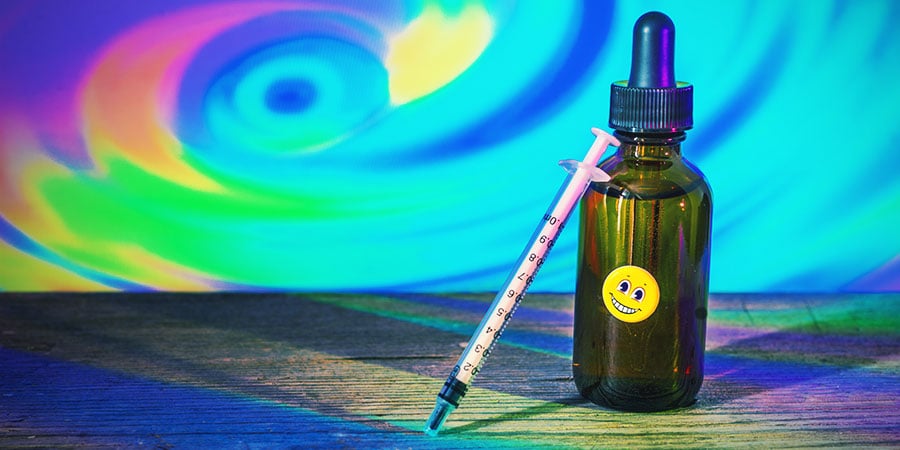
Microdosing entails taking very small doses of a psychedelic; small enough that one doesn’t trip, but instead experiences “sub-perceptual” effects that ever-so-slightly enhance normal functioning. A microdose is typically 1/10th of a normal dose. Users who microdose LSD report that it helps to increase creativity and has other positive and mind-boosting effects.
The potential benefits of LSD for enhancing mental capabilities and learning have been explored since the 1960s. In one experiment, a group of professionals were given small doses of LSD before they went about solving difficult tasks related to their field of expertise. With the help of LSD, the subjects were able to come up with profound solutions that had previously held them up for months, including “a mathematical theorem for NOR gate circuits, a conceptual model of a photon, a linear electron accelerator beam-steering device”, and other complex tasks.
Today, microdosing LSD and magic mushrooms is popular among professionals in Silicon Valley, and everywhere else artists and innovators are found en masse.
WHAT ARE THE RISKS OF LSD?
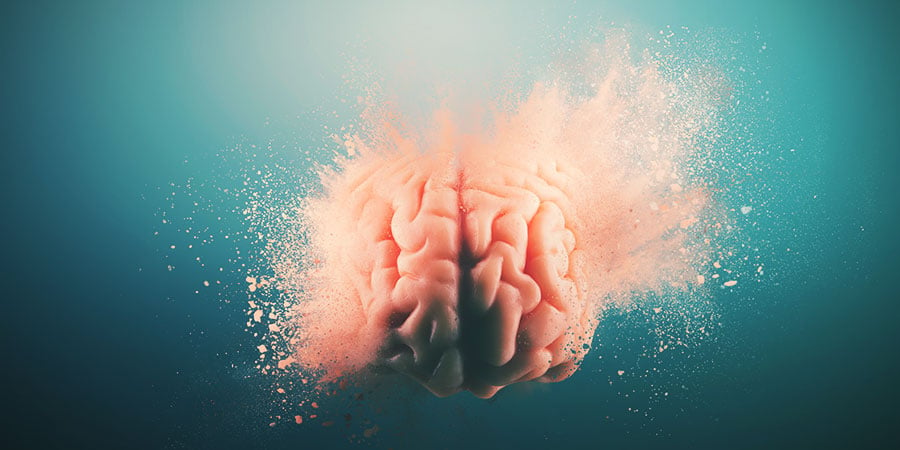
Compared to many other drugs, LSD has a good safety profile and doesn’t lead to addiction. Potential risks when taking LSD are therefore not so much with the substance itself, but more so with irresponsible use, like driving under the influence, for example.
Then again, with their powerful, mind-altering effects, psychedelics are not for everyone. They are certainly no “party drugs”. Instead, psychedelics amplify one's current state of mind, and this can go both ways. If someone is tripping with a bunch of negative emotions swirling around them, a “bad trip” defined by anxiety, paranoia, and discomfort is more likely. Those predisposed to psychosis and paranoia, and particularly those with mental conditions like schizophrenia, shouldn’t take LSD.
Be sure to mind the “set”, which is your mindset, and the “setting”, the place where you take the psychedelic, as this will greatly influence how your trip develops. Also, make sure to have an experienced (and sober!) trip-sitter by your side who can reassure you should your trip not go as planned. If you take LSD responsibly and with some preparation, you can enjoy it to its full potential.
- (n.d.). - https://www.tandfonline.com
- (n.d.). - http://www.erowid.org
- Giovanni Martinotti, Rita Santacroce, Mauro Pettorruso, Chiara Montemitro, Maria Chiara Spano, Marco Lorusso, Massimo di Giannantonio, & Arturo G. Lerner. (2018, March). Hallucinogen Persisting Perception Disorder: Etiology, Clinical Features, and Therapeutic Perspectives - https://www.ncbi.nlm.nih.gov
- R. L. Carhart-Harris, M. Kaelen, M. Bolstridge, T. M. Williams, L. T. Williams, R. Underwood, A. Feilding, & D. J. Nutt. (2016, May). The paradoxical psychological effects of lysergic acid diethylamide (LSD) - https://www.cambridge.org
- Speth J, Speth C, Kaelen M, Schloerscheidt AM, Feilding A, Nutt DJ, & Carhart-Harris RL. (2016 Apr). Decreased mental time travel to the past correlates with default-mode network disintegration under lysergic acid diethylamide. - PubMed - NCBI - https://www.ncbi.nlm.nih.gov
- TS Krebs, & PO Johansen. (2012). Lysergic acid diethylamide (LSD) for alcoholism: meta-analysis of randomized controlled trials - Database of Abstracts of Reviews of Effects (DARE): Quality-assessed Reviews - NCBI Bookshelf - https://www.ncbi.nlm.nih.gov
-
 4 min
December 31, 2024
The Diverse Effects Of Kratom
Kratom can energise and lift you up, but it can also bring about relaxation and help you sleep. Interested to find out more about this strange plant? Then keep reading to become acquainted with the...
4 min
December 31, 2024
The Diverse Effects Of Kratom
Kratom can energise and lift you up, but it can also bring about relaxation and help you sleep. Interested to find out more about this strange plant? Then keep reading to become acquainted with the...
-
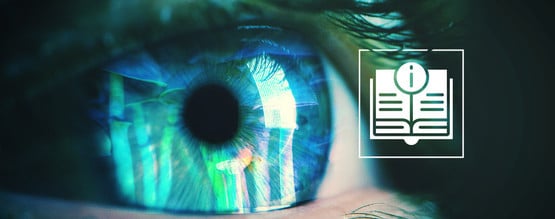 6 min
January 12, 2020
A Definitive Guide To The Cognitive Effects Of Psychedelics
Many people know that psychedelics can influence how we think and feel. Below, we break down the different cognitive effects of psychedelics, and explore various enhancements and suppressions in...
6 min
January 12, 2020
A Definitive Guide To The Cognitive Effects Of Psychedelics
Many people know that psychedelics can influence how we think and feel. Below, we break down the different cognitive effects of psychedelics, and explore various enhancements and suppressions in...
-
 2 min
August 2, 2019
LSD vs. LSA - The Difference
LSD and LSA don‘t just sound similar, they are indeed chemical brothers. LSA is the natural counterpart to synthesised LSD, so much that Albert Hofmann, the father of LSD, was astounded by their...
2 min
August 2, 2019
LSD vs. LSA - The Difference
LSD and LSA don‘t just sound similar, they are indeed chemical brothers. LSA is the natural counterpart to synthesised LSD, so much that Albert Hofmann, the father of LSD, was astounded by their...
-
 2 min
November 15, 2014
The Long-Term Effects of Peyote Use on the Brain
Peyote has been used for entheogenic practices for thousands of years - but what effect does such use have on the brain?
2 min
November 15, 2014
The Long-Term Effects of Peyote Use on the Brain
Peyote has been used for entheogenic practices for thousands of years - but what effect does such use have on the brain?





 United States
United States










